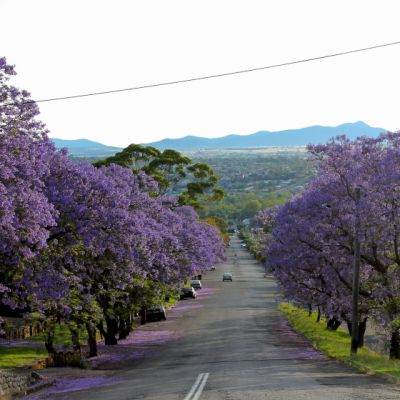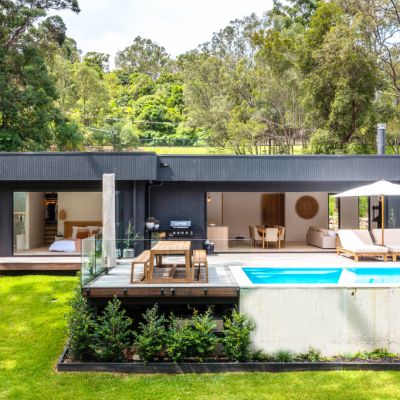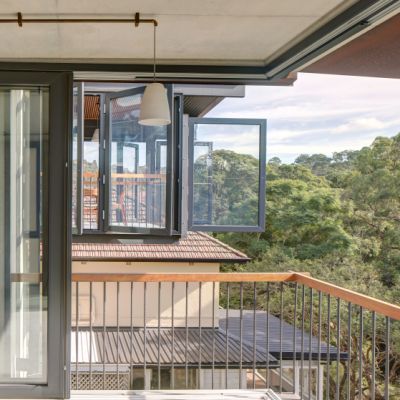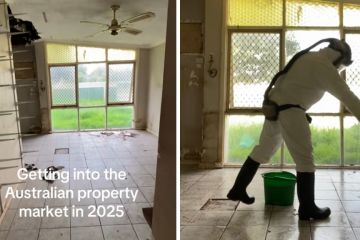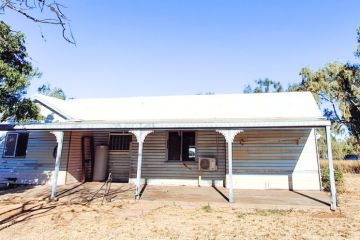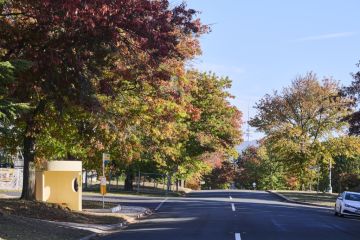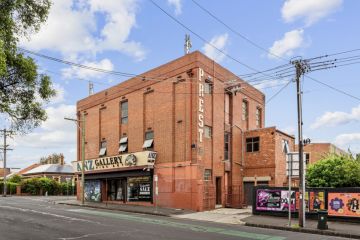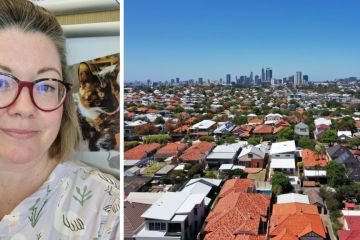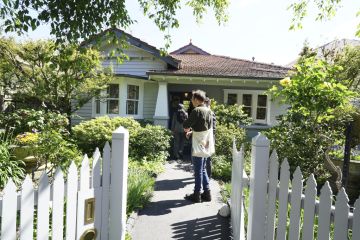Future-proof your assets: Why you should be investing in sustainable homes

Ask Kate Longley if it makes sense for investors to buy a more sustainable home over a regular property, and she’s in no doubt whatsoever.
She lives in one and doesn’t think she’ll ever want to move away.
“When we moved in, the building was already connected to 100 per cent certified GreenPower,” says Longley, who lives in Melbourne’s top green apartment building, Nightingale 1 in Brunswick.
“Our apartment was designed in such a way that it stays a comfortable temperature all year round, so I haven’t needed to think about using aircon.
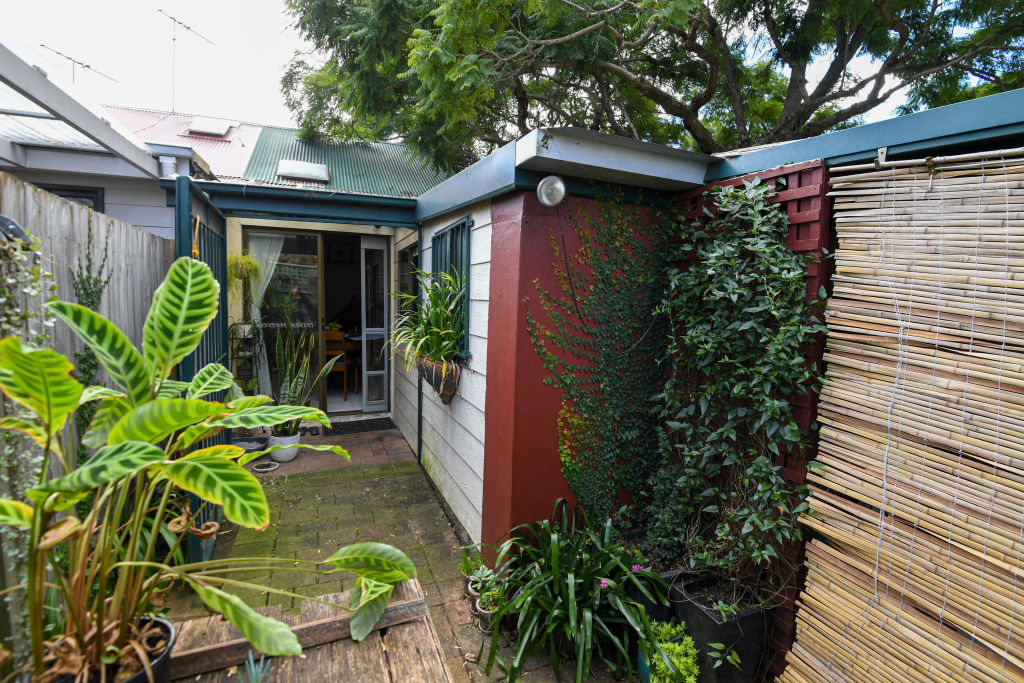
“The ongoing cost of living is also reduced. For example, our hydronic heater costs nearly nothing to run, so we just have it on low all through winter, keeping the home nice and cosy.”
Investors all over Australia are now looking more closely at buying more energy-efficient homes, often with solar panels, batteries and electric vehicle charging to reduce running costs and to attract, and retain, good tenants.
“Investors have always looked for location, amenity and connectivity to transport but now they’re also looking for additional energy-efficient infrastructure,” says Luke Achterstraat, the NSW executive director of the Property Council of Australia.
“They want houses that are well built, or that they can appropriately retrofit, to provide a stable income stream and long-term capital gains that are future-proofed.”
Such homes bring additional savings for their owners, too.
Banks are now under enormous pressure to green their portfolios, says Anil Sagaram, the chief executive of Acacia Money, a financial technology business that helps people build wealth in a sustainable way.
“As a result, they’re now offering an increasing range of green financial products, like loans secured against sustainable, or electrified, homes at some highly competitive lending rates,” he says.
“The government is very keen to support that.

“Also, sustainability helps resale values. Energy efficiency is becoming less optional and more necessary, if you look at the way the world is going. The next generation of renters is more demanding of green outcomes, too.
COVID-19 changed many Australians’ attitudes to greening their lifestyles. The EY Future Consumer Index last year found an incredible 90 per cent of Australians “are engaged to some degree on the topic of sustainability”.
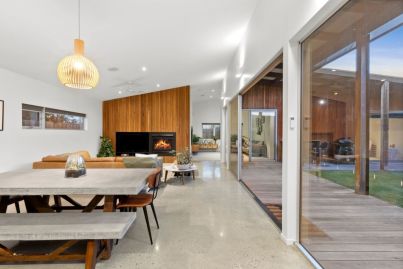

One factor sometimes holding back investors in traditional homes is that the home buyer pays to upgrade a property, but it’s the customer who saves, says Davina Rooney, chief executive of the Green Building Council of Australia.
That means a split incentive. But the options are far greater than just investing in individual smart homes.
“Build-to-rent (B2R) is becoming a serious asset class in Australia, and you have companies like Mirvac with their B2R club with the Clean Energy Finance Corporation,” Rooney says.
“Retirement living is also an asset, with so much work done by Lendlease to green their product.
“These are more scaleable investment products in the residential space, good for mum and dad investors as well as institutional investors.
“We’re now also on the path to having a national framework for the energy disclosures of homes. At the moment, we get an energy rating for our fridges, but we don’t for homes, except in Canberra.”
We recommend
We thought you might like
States
Capital Cities
Capital Cities - Rentals
Popular Areas
Allhomes
More
